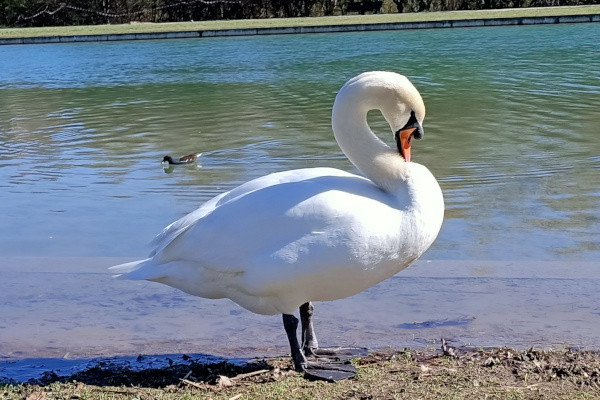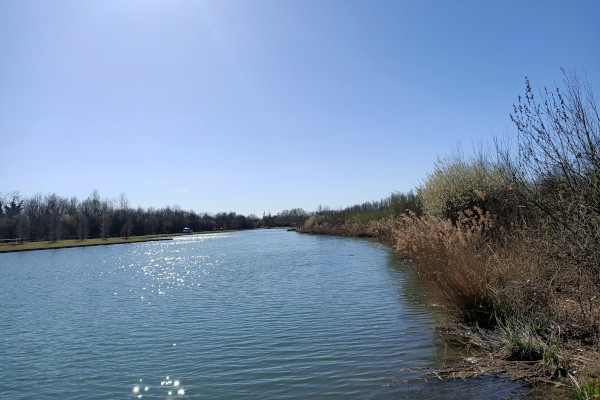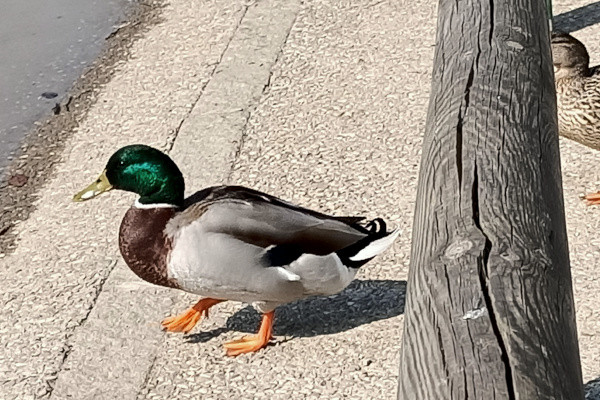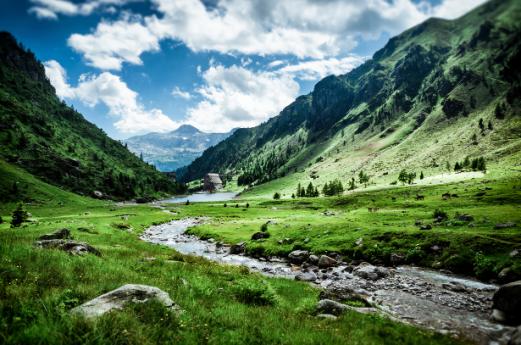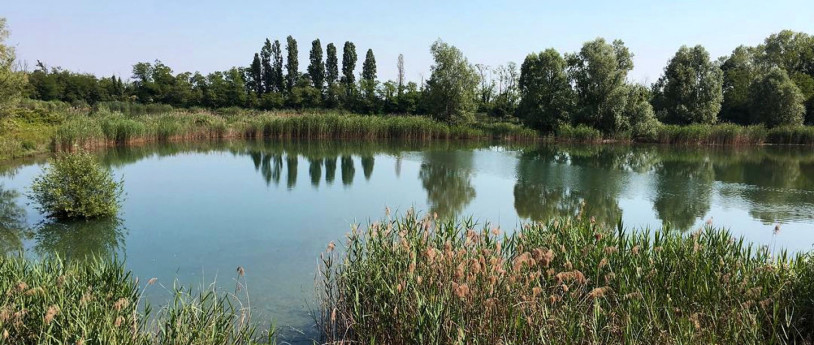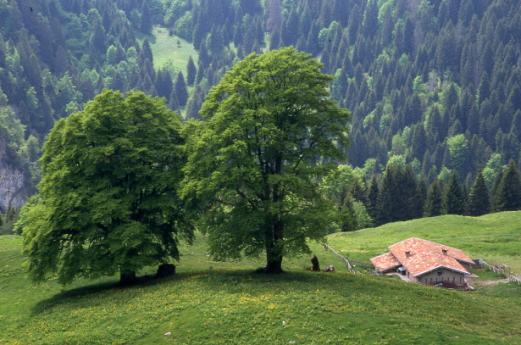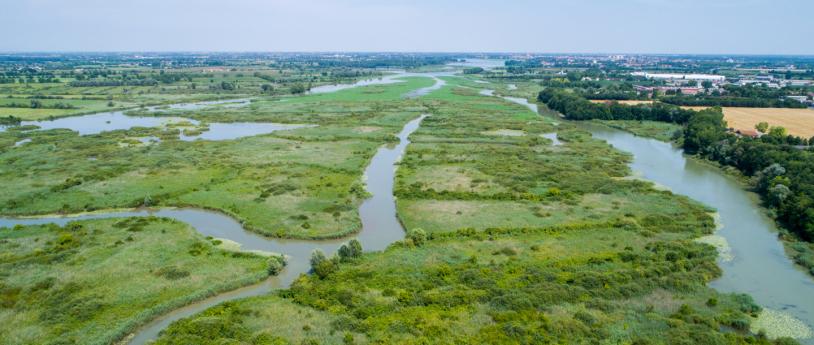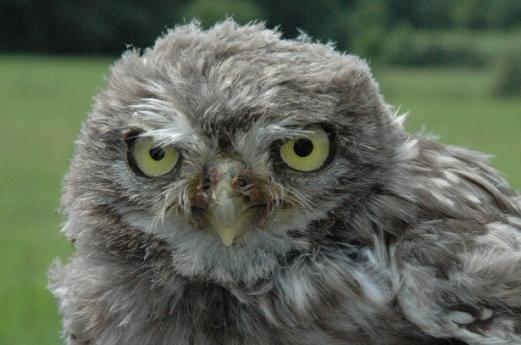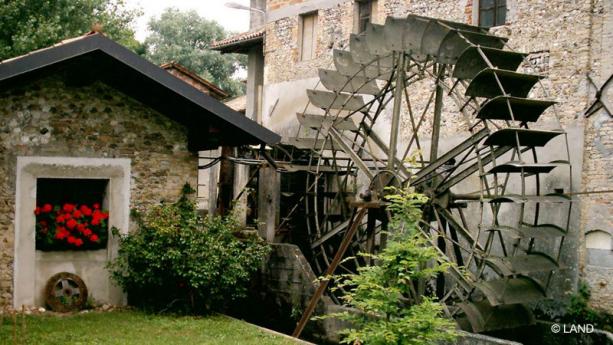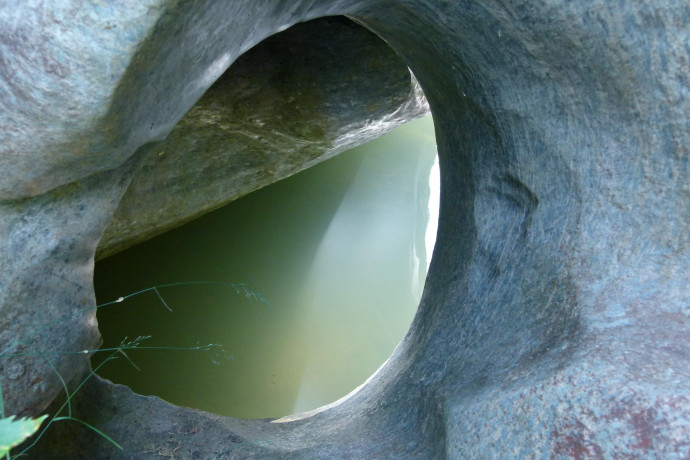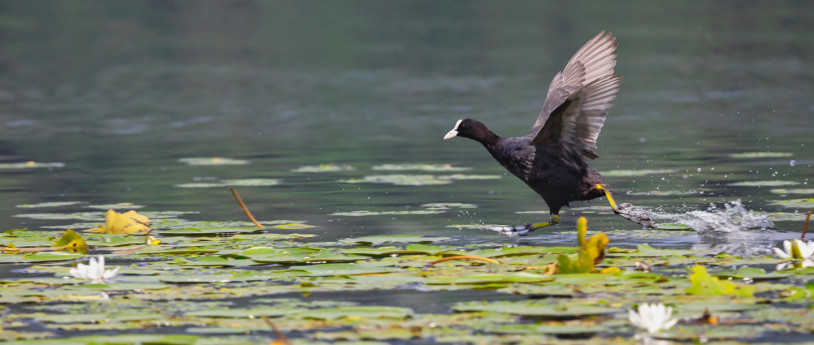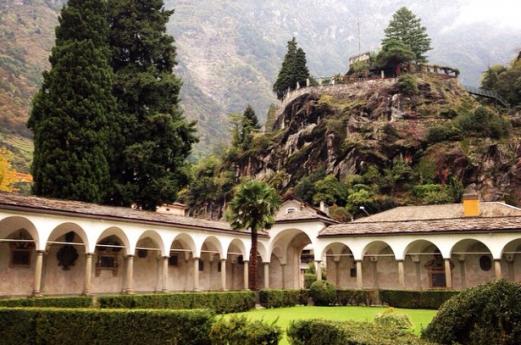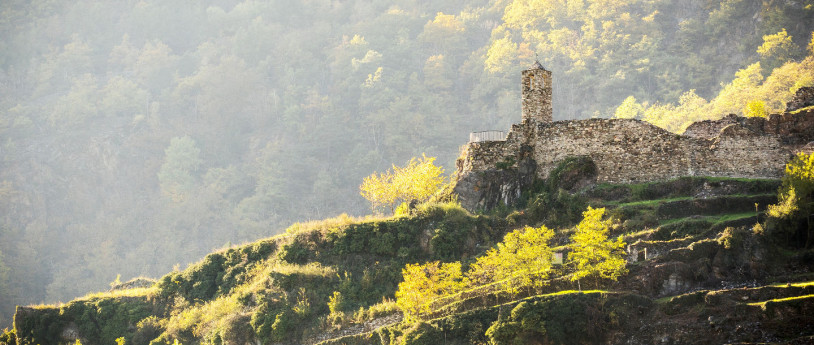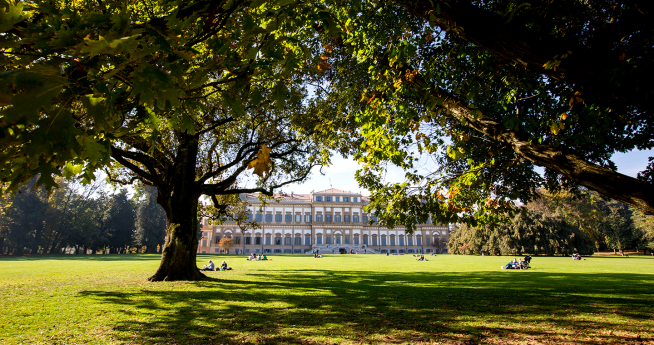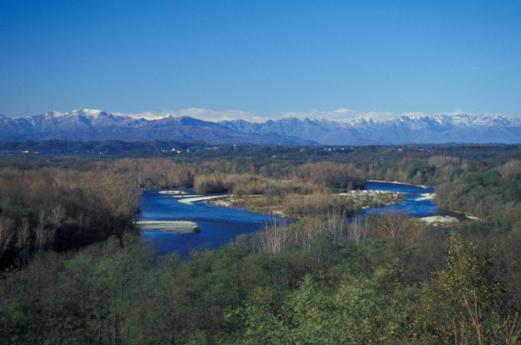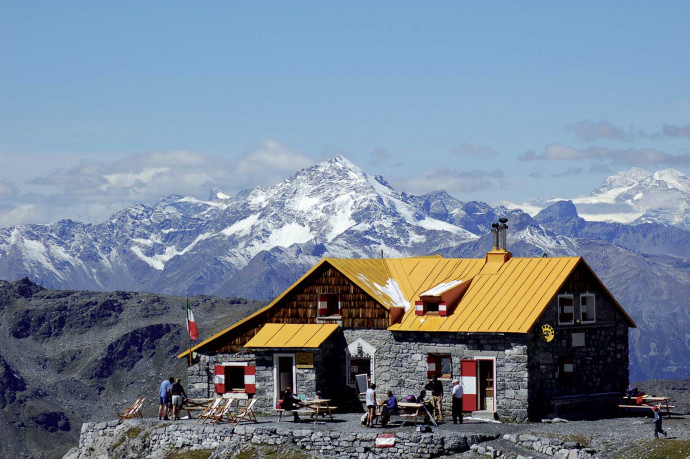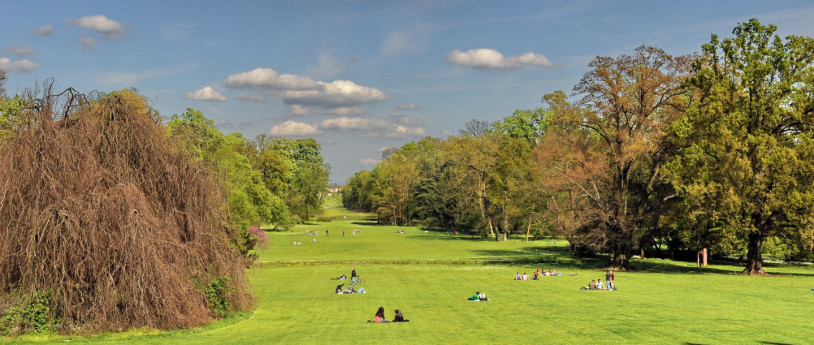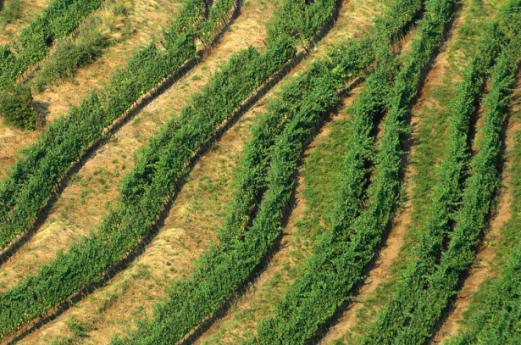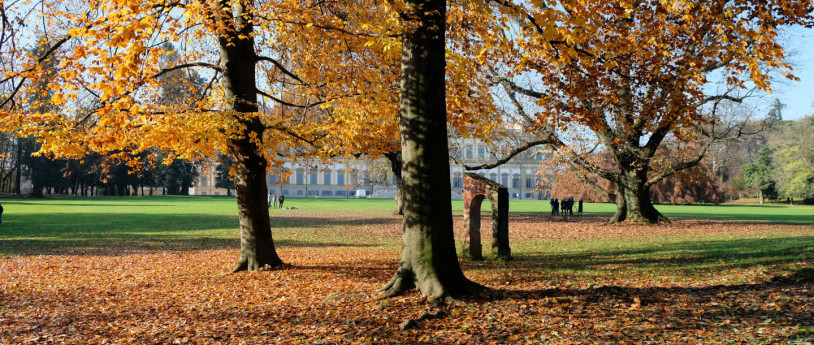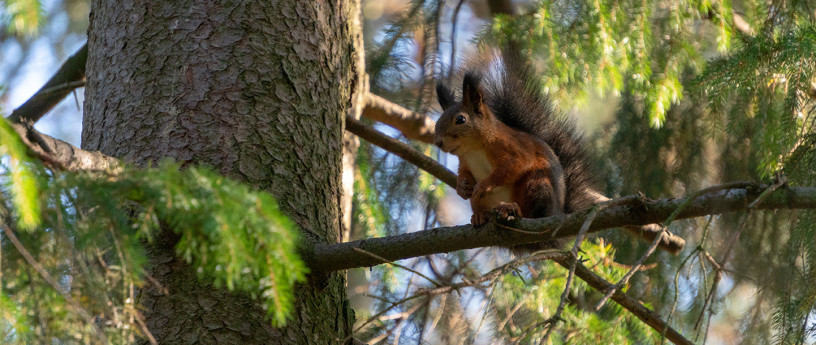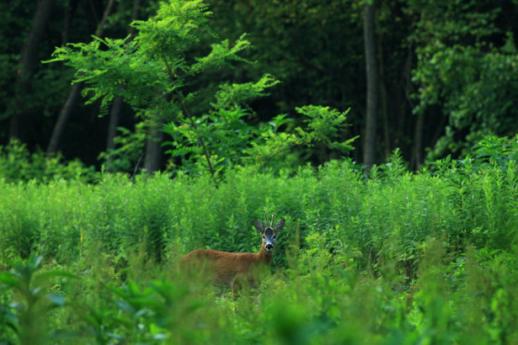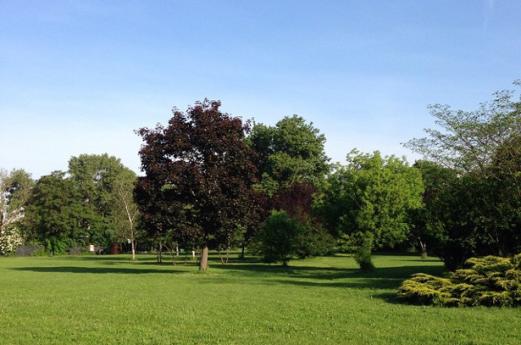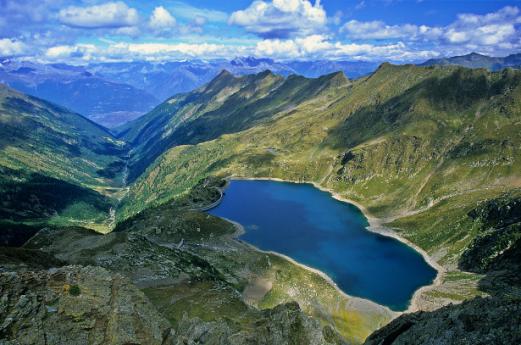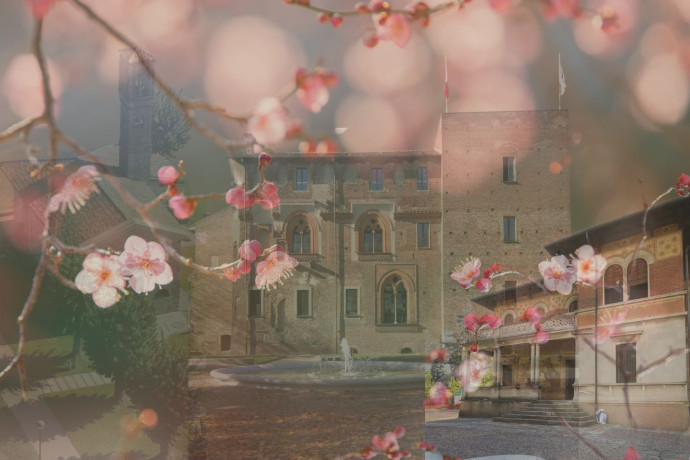- Parks
- Active & Green
Park North Milan
The green lung of Milan: woods, meadows and fresh springs
Nord Milano is a large metropolitan park located in the c ity of Milan and its hinterland that has recovered areas that were once industrial or uncultivated, bringing them back to their original verdant splendour.
The rehabilitated areas cover an area of over 350 hectares (out of a total surface area of 620) that include vast forests, meadows, a hill, waterways, tree-lined paths and flower beds.
The park is managed, cleaned, maintained and monitored on a daily basis, for a safe park of considerable beauty, where modern design meets the needs of citizens. The only one of its kind in Italy, Nord Milano is ranked among Europe's finest metropolitan parks (Monaco, London , Paris, Amsterdam, Lyon and Barcelona). The park is also home to sites of historical and artistic interest: Villa Torretta in Sesto San Giovanni, the complex of Villa Manzoni, and its park in Cormano.
Despite the limited size of the territory and the enormous impact that humanity has had on the territory, Nord Milano Park includes extremely interesting areas, significant from a naturalistic standpoint. The portion of the Pianura Padana(Po Valley) where Nord Milano Park stands was once used as farmland. This would explain why the main areas of refuge for the most interesting plant and animal species are found along the waterways of the river Seveso and Villoresi canal.
Just stroll along the paths between the rows of linden or chestnut, or immerse yourself in the many trails that run through the woods, to admire the colours and enjoy the scents of nature that is livelier than ever.
The creation and development of the dense forest areas over the years, alternated by large clearings, rows of trees and shrubs, has led to a startling increase in the presence of animals in the park, including several species of birds, small mammals, insects and amphibians, which are interesting and quite easy to see.
In recent years, the considerable number of trees and shrubs has facilitated the emergence of many mushrooms and the attentive visitor, especially in the months of September and October, can marvel at the unusual "blossoming" of these fungi, which appear in every shape, colour and species.
